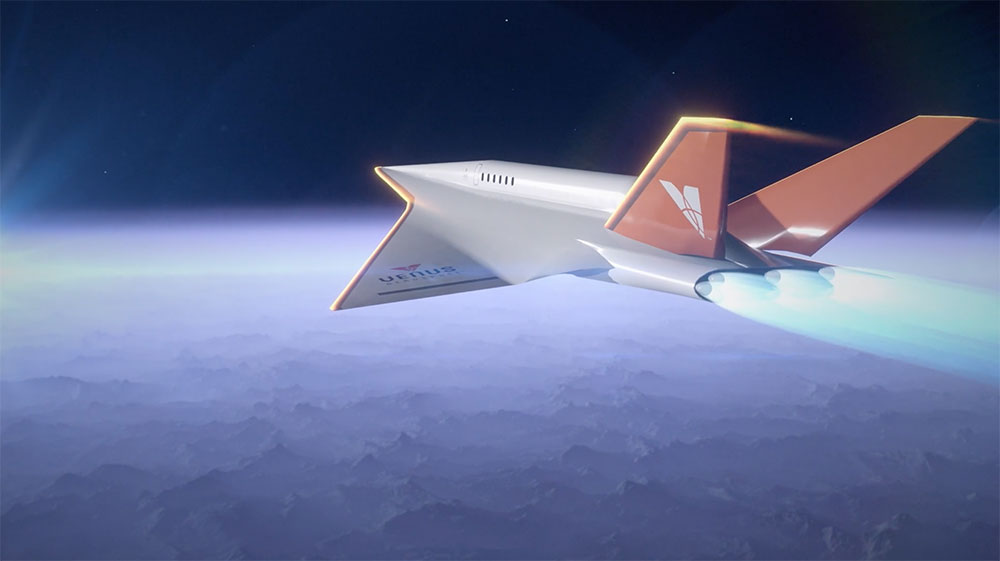Houston-based Venus Aerospace is ambitiously working on a groundbreaking project: the Stargazer, a hypersonic aircraft designed to comfortably transport roughly a dozen passengers at astonishing speeds. With dimensions of 150 feet in length and 100 feet in width, this aerospace marvel is expected to traverse global distances, reaching speeds of Mach 9 or approximately 6,905 mph, at an altitude of 170,000 feet.
For context, a hypersonic speed is classified as five times the speed of sound. The last commercial supersonic jet, the Concorde, managed Mach 2 speeds, translating to about 1,535 mph. The fastest aircraft ever built, Lockheed’s SR-71, known as the "Blackbird," achieved speeds of Mach 3.2 or about 2,455 mph.
The Stargazer's visionary co-founder and CTO, Andrew Duggleby, is steering this ambitious concept towards reality with an innovative rotating-detonation engine, capable of reaching 20,000 rotations per second. This unique engine design allows for continuous supersonic combustion within the engine. Venus Aerospace recently celebrated a milestone in the form of a successful prototype test at its Spaceport Houston headquarters.
The Stargazer's propulsion system has an additional appeal; it consumes 20 percent less fuel than traditional engines, a feature that has gained the attention of the US Navy. This technology has been tested successfully in the past, but Venus Aerospace's recent test was the first instance of using a room-temperature storable propellant, enhancing the engine's practicality for aircraft usage. Duggleby expressed confidence in the team's technical knowledge and engineering expertise, predicting progress into further development stages and flight testing.
The Stargazer, weighing 150,000 lbs, is set to initially employ conventional jet engines for take-off, transitioning to rocket propulsion upon reaching the desired altitude. The flight path is designed to be below the edge of space, known as the Karman line, which is about 62 miles above Earth's surface. Nevertheless, passengers will enjoy breathtaking views of the Earth's curvature and the vast expanse of space.
Former NASA administrator and US Congressman, Jim Bridenstine, commended the recent progress as a crucial step towards practical high-speed travel systems, with potential applications in both defense and commercial sectors.
The journey of Venus Aerospace started back in 2020. Since then, they have successfully secured $33 million in funding to develop the Stargazer. Next on their agenda is testing a 20-foot drone capable of reaching Mach 5, after which they plan to build the Stargazer prototype.
Venus Aerospace isn't alone in the race to create hypersonic aircraft. Other contenders include Sierra Space, with their Dream Chaser, and Atlanta-based Hermeus, working on a Mach 5 aircraft dubbed the Quarterhorse. China’s Space Transportation is developing a 12-passenger jet capable of speeds around 4,350 mph. Virgin Galactic also has plans for a supersonic aircraft for intercity passenger transport at Mach speeds.
Venus Aerospace was founded by Sarah "Sassie" Duggleby and Dr. Andrew Duggleby, both veterans of the United States Air Force. They aim to bring hypersonic travel into the mainstream, altering the transportation landscape worldwide. The Stargazer, designed as a single









